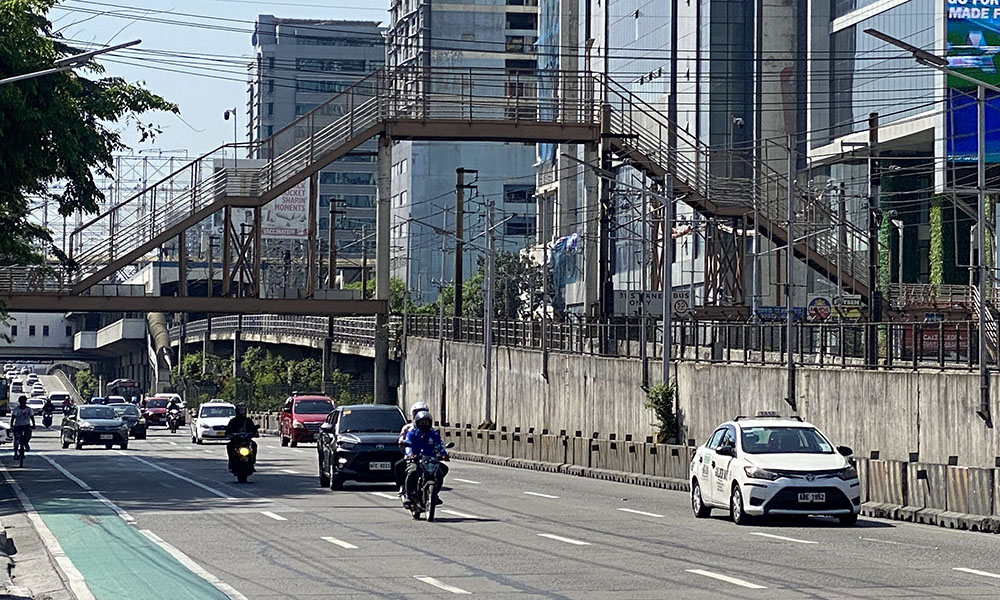
I recently wrote an article titled “Here are 5 Metro Manila motoring mysteries.” Following its publication, a reader sent me a lengthy and thoughtfully worded e-mail replying to all five points in detail. It wasn’t so much criticism or disagreement with what I had written, as it was a very polite insider view from someone who grew up here.
What he wrote at the end got me though: He suggested I turn my thinking around and write an article on what other cities could learn from Metro Manila. Good idea! So, here are five things Metro Manila is better at than other cities.
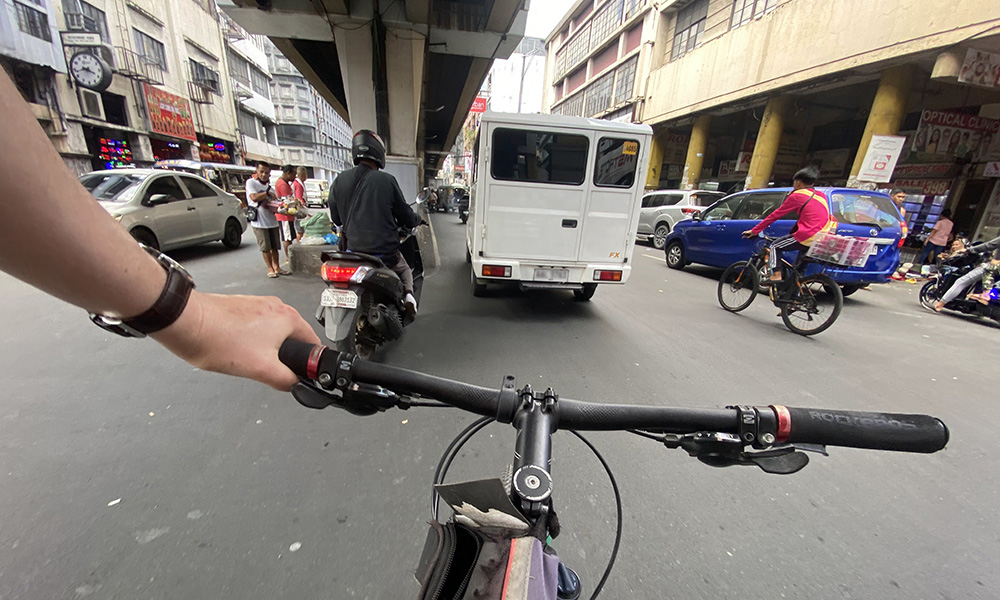
Efficient use of space. The metropolis is crowded. Very, very crowded. So, space comes at a premium, and drivers, as well as the powers-that-be, have learned to use every last bit of it as efficiently as possible.
Turning whole roads into temporary one-way streets or allowing counterflows to shift traffic more efficiently during rush hours would be unthinkable in, say, Munich. The German brain simply wouldn’t be able to comprehend going the wrong way to get from A to B quicker, even if instructed by an enforcer. “But what about ze rules!”
On the subject of rules: The unwritten one—that any gap in traffic must be used, no matter how small it is—also ensures traffic is packed tightly, and every square centimeter of roadway is fully utilized. If a street here has only two lanes, Metro Manila drivers open two more on it just to get more cars in, and somehow it works. That’s efficiency on a level not even my fellow Germans would ever be able to achieve.
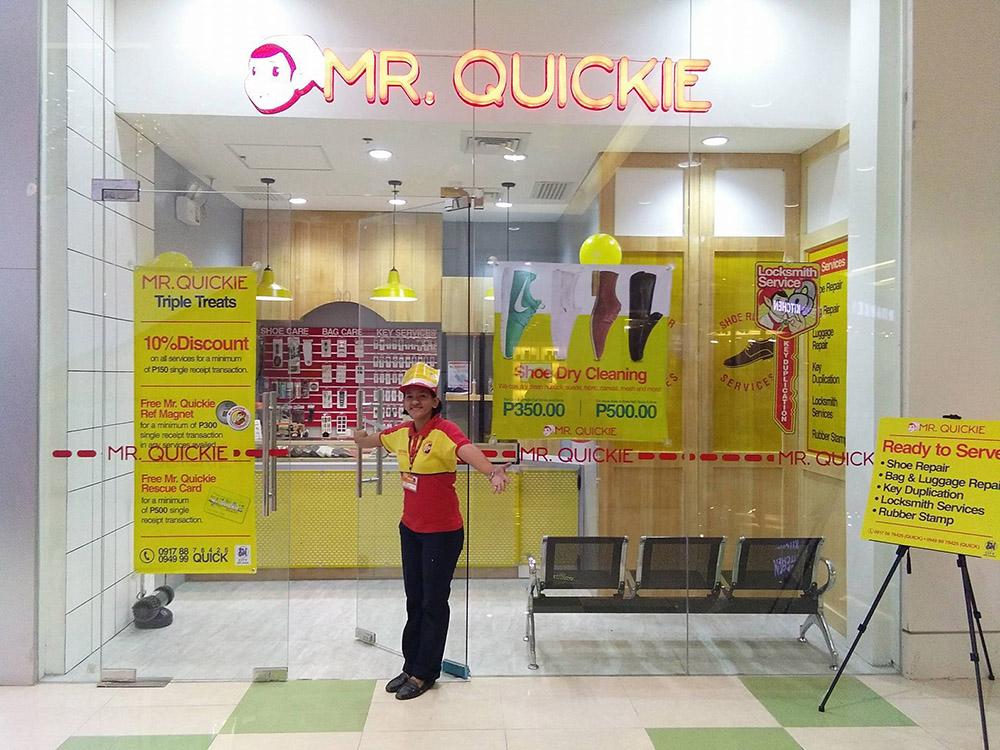
An appreciation for material things. I’m ashamed to say that I am part of the Western throwaway society. When items (especially small, cheap ones) break, they just go in the bin. Around here, things often get fixed instead, and a simple example would be vulcanizing shops. If I’m cycling back in Europe and get a flat, I’ll very likely just buy another tube and throw the old one away. If I have a flat while riding in Manila, I look for the nearest vulcanizing shop and have it fixed.
The tires on my bike right now have been mended like this a couple of times, and still work. The same goes for many other items. What would go into the skip in Europe gets fixed and used again here, based on a bigger appreciation of material things and the prices attached to them.
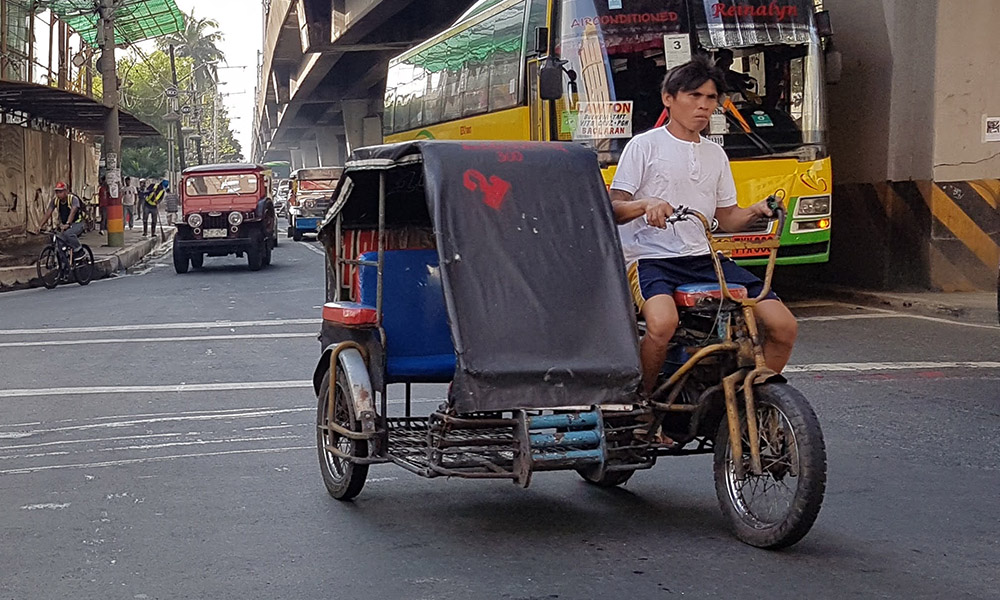
Efficient public transport. You might think I had too much lambanog while writing this, but hear me out: The general concept of tricycles and jeepneys is actually quite good. Low-cost, hyper-local, always available transport that stops wherever you want is a very efficient way to get around. And if done right, it can be a valuable part of a good city transport mix.
Just the way it is done here has kind of gotten out of control over the years. But I’d love to have something like electric tricycles whizzing around the streets where we live in Europe and bringing me from our neighborhood to a main road from where I can hop on an electric jeepney-type bus to head to work.
At the moment, it’s a lengthy walk to the bus stop where a bus comes once every 20 minutes if I’m lucky. Metro Manila basically invented the 15-minute city before the 15-minute city was a thing. If we were to combine modern tricycles and jeepneys with better cross-city transport options like improved buses and a subway, then we could create a pretty world-beating mix.
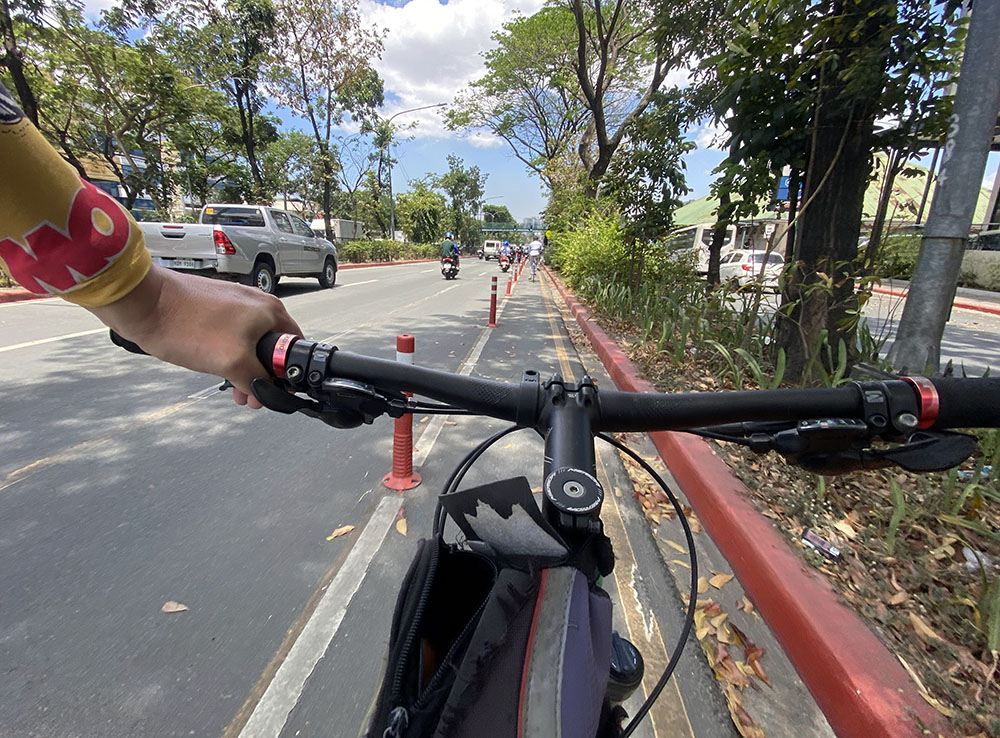
A willingness to change. When I first started cycling in Metro Manila over a decade ago, the idea that there could ever be protected bike lanes along routes like Ayala Avenue or EDSA would have been outright unthinkable. Yet look what we have today. A thriving and still growing cycling community, and a city that is slowly discovering better ways to move around.
Granted, it did take a global pandemic to start this change, but the change happened. And when officials tried to reverse some of this progress, the public revolted. In the future, Metro Manila will be used as an example for other cities: If this place can change for the better, then any place can.
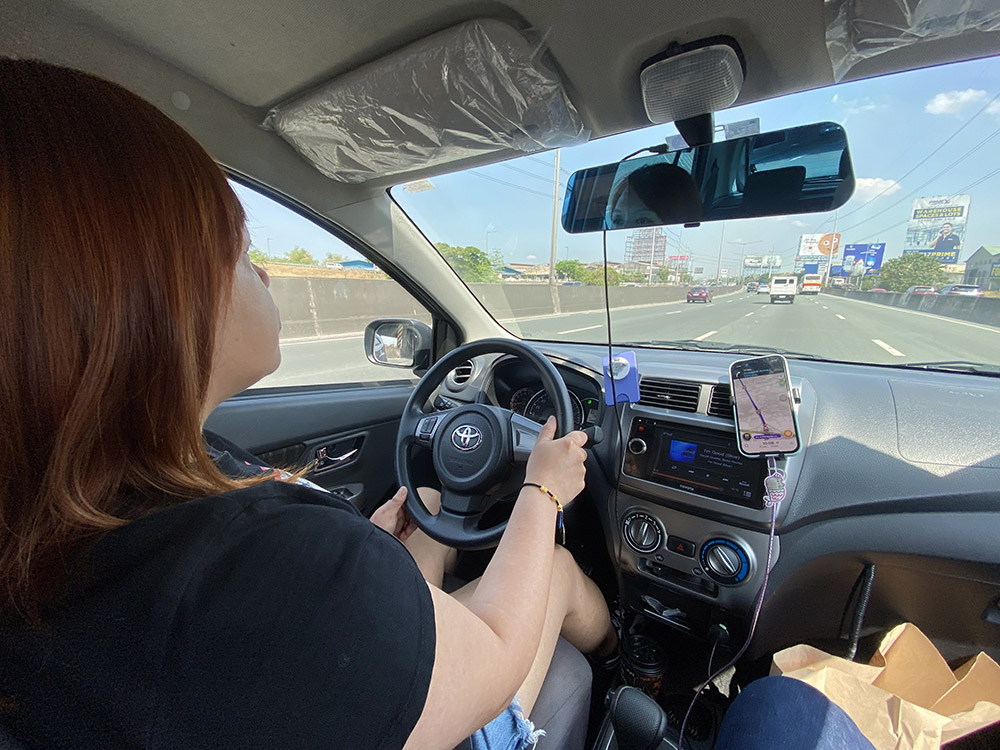
Metro Manila creates the best and most law-abiding drivers. Now you’re really going to think I was under the influence of something while typing this, but let me explain.
Driving around here is an experience and an education. It’s learning by doing. Survival of the fittest. And every day is “bring your A game” day. Rumor has it that the US Navy’s Seal Team Six practices their driving skills on EDSA on payday Fridays because if you can drive in that automotive war zone, you can drive pretty much anywhere.
So, Filipinos are not only the best drivers because they can deal with this chaos, but they are also the most law-abiding ones…as long as they are not driving in the Philippines! And that’s the key.
In Metro Manila, seemingly anything goes. Abroad, it’s a different matter, and Filipino drivers are among the most courteous, professional, and rule-abiding ones I have ever seen. I don’t know why that is, but it shows that Philippine roads could be just as civilized as those in Berlin, London or Geneva. Why they aren’t is a question we’ll have to answer another time.

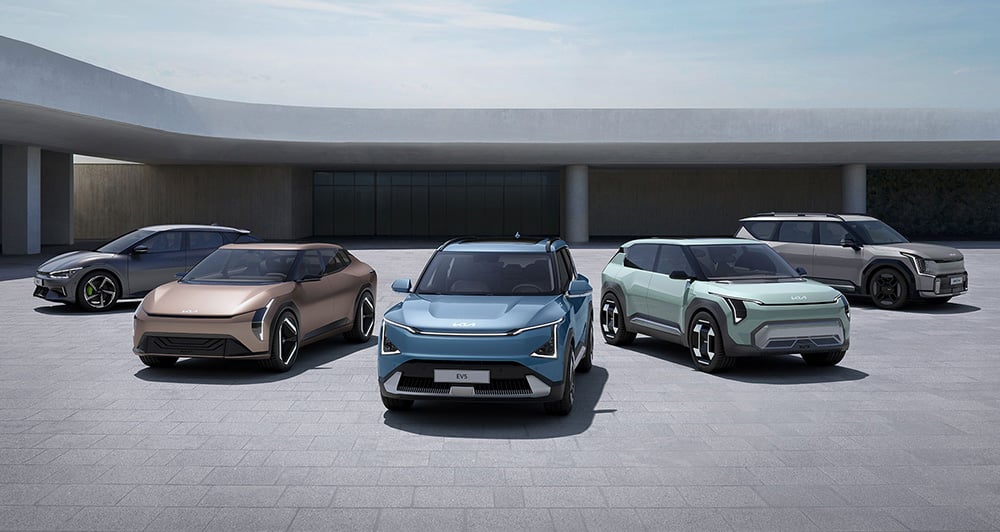
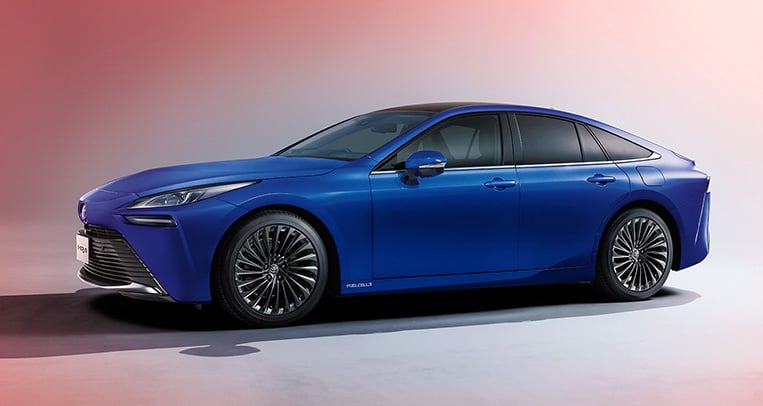
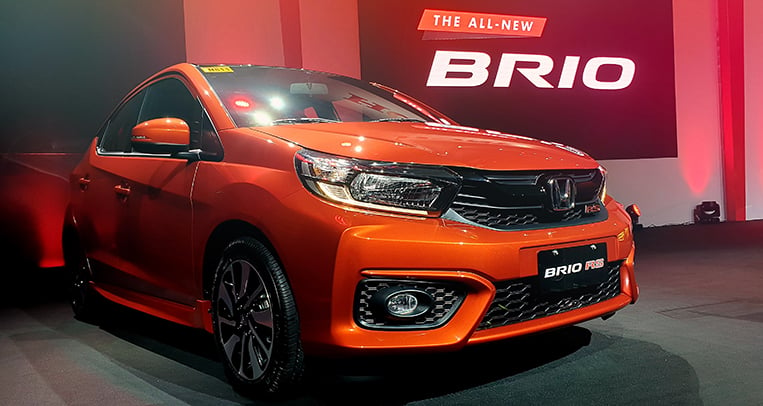
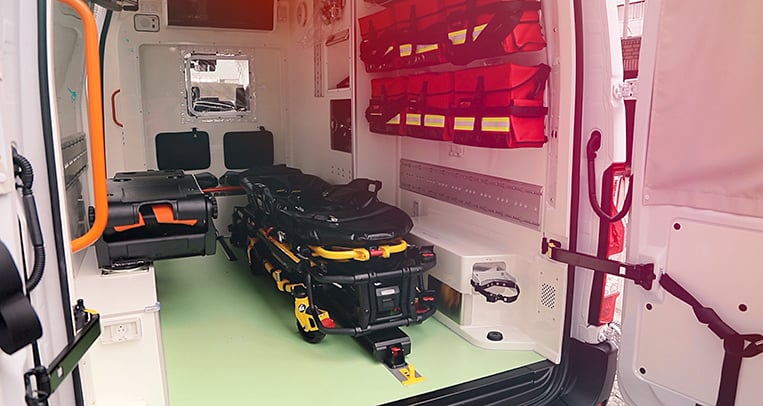
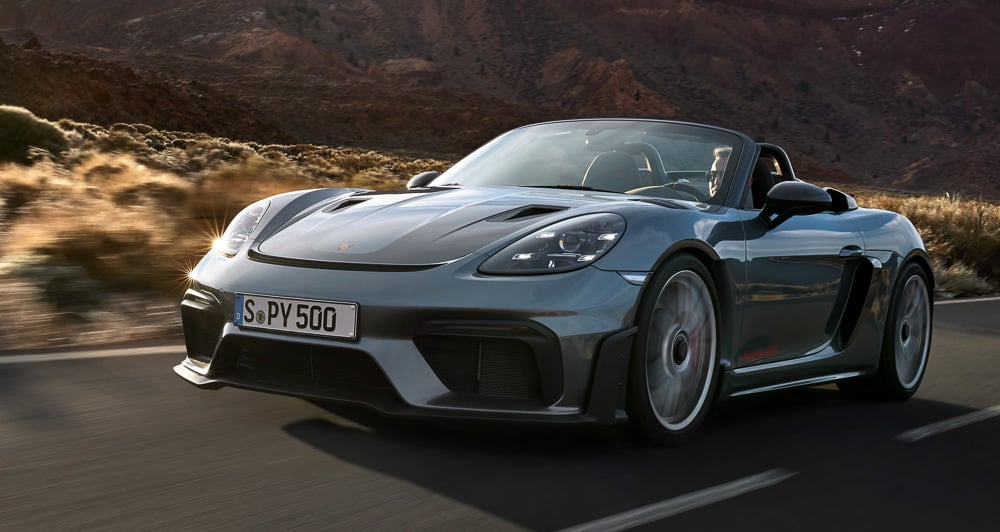



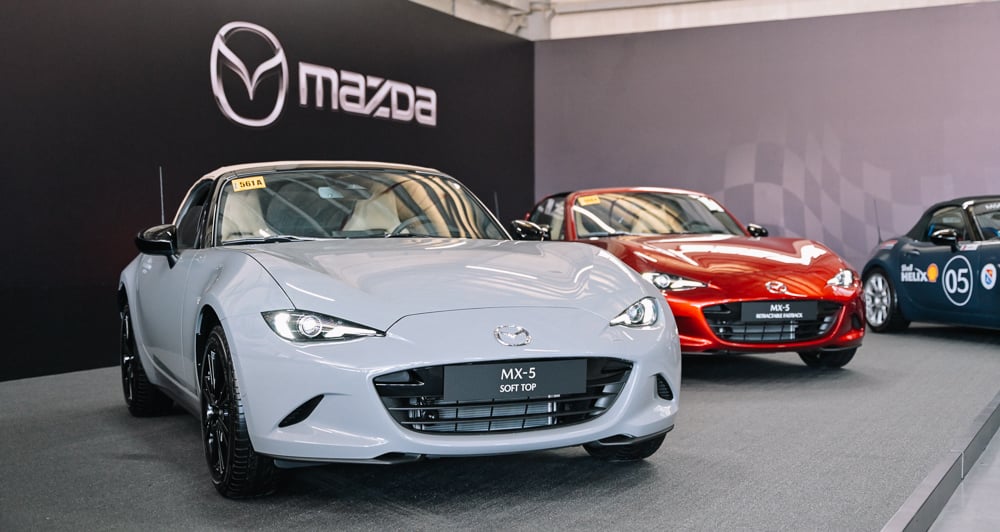
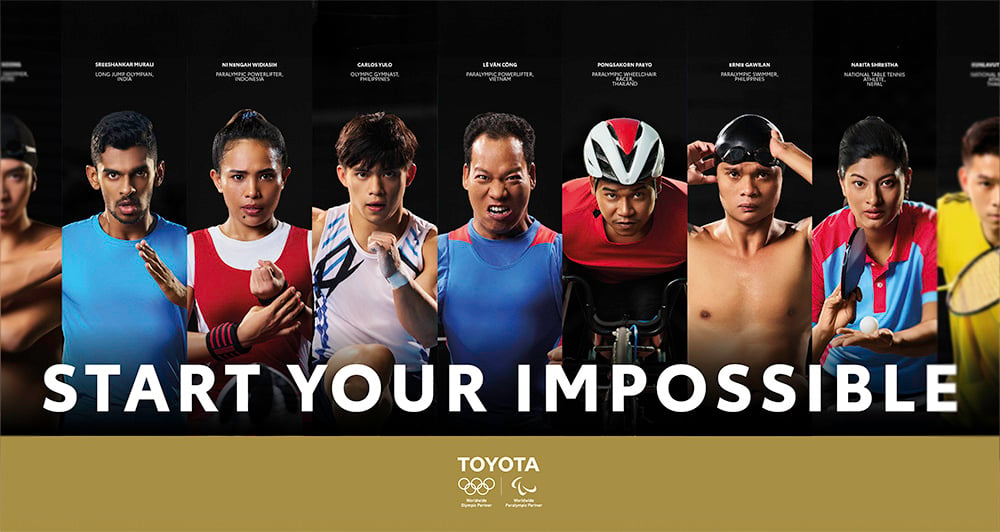
Comments